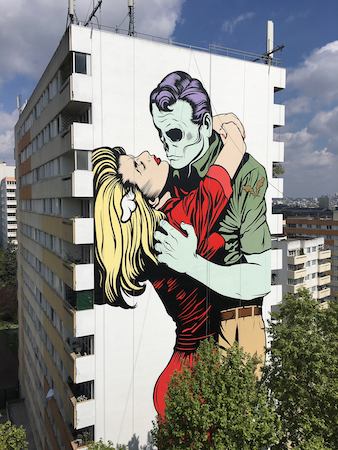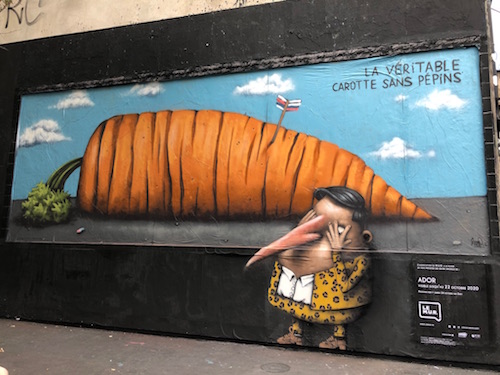Often provocative, sometimes funny or with strong political connotations, street art first started by invading public spaces illegally before gaining recognition as a discipline in its own right, carried by major artists and recognized by renowned institutions and critics. In France, particularly in Paris and its suburbs, graffiti and tags have multiplied on walls and façades, some of which have become permanent, to create authentic urban murals offering a veritable open-air museum for people that happen to walk by.
Designed to be ephemeral, street art was born in the United States in the 1970s, even if the appearance of “graffiti” dates back to much earlier. Under the influence of pioneering artists such as Richard Art Hambleton, Keith Allen Haring and René Moncada, who transformed simple graffiti into works of art, often linked to the socio-political climate of the time, this urban art became popular and spread to the walls of New York and abroad.




